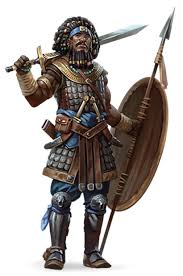The Dungeons and Dragons fighter class for 5e, perhaps you imagined an armored brute beating people mercilessly with a maul. Perhaps you pictured a dashing duelist wielding a rapier and gliding through men like butter. Either way you think of it, the fighter is that and so much more.
So, then who is the fighter class in 5e? Well, to be frank, the fighter class for 5e is a warrior skilled with a multitude of weapons and relies on nothing but his wit and skills. He does not need magic, nor rage to sustain him. All that matters is being skilled enough to beat all who oppose him.
How Do You Become One?
So, what does it take to be a fighter? The only requirement to be a fighter is knowing to “stab them with the pointy end”. Now all Game of Thrones jokes aside, all you need is to be skilled with a weapon. Maybe you were a guardsman for years. Training with sword and shield becoming proficient in all sorts of weapons. However, you were found out to be a rampant gambler and had to flee a town once it became known. Now, you are off an as an adventurer seeking redemption using your skills to save those in need.
Perhaps, you were a noble. Raised by your father to hunt and shoot the bow. After a while, you noticed the people were being mistreated by your family and sought to fix these wrongs by helping the villagers in town to town with their troubles. In this sense, they became a fighter for a cause thanks to being skilled with one weapon and using that skill to best all who challenge them. So, as long as you can do that, you too can belong in the DnD Fighter class for 5e.
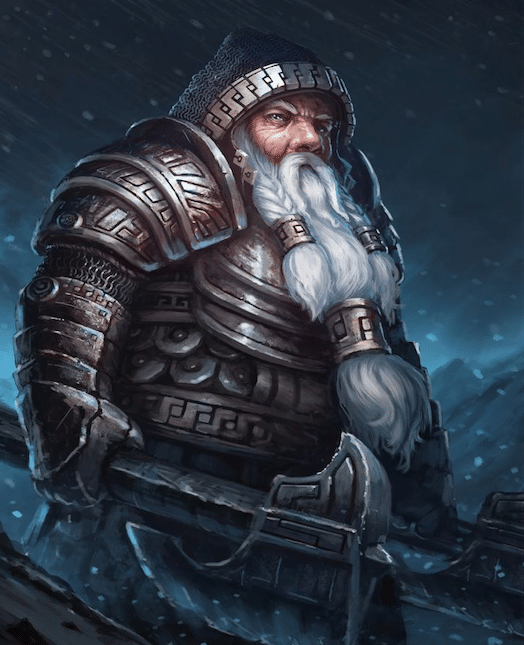
Abilities Needed To Be In The 5e Fighter Class?
Once, you know what it takes to be a fighter, you need to know whether you should be in the 5e fighter class. Those with the higher chances of living their lives are those with either a high Strength or Dexterity. You see, if you have strong Strength, then you make for an excellent “heavy weapon fighter” or “sword and board fighter”. However, a great Dexterity makes you for a capable “Archer”, or great “dual wielder”. Therefore, your first decision to ensuring your survival is to make sure you have a high Strength or Dexterity.
If, however, you have a high Charisma, then might I suggest being a Warlock. They are a lot of fun with cool magical powers and I also have written a guide for them here. Anyways, I digress, from there, you will start specializing into certain skill sets. Such as being an up-close fighter class or a distance fighter class in 5e.
After choosing to specialize in one of these stats. Your second stat you should make sure you are good on is your Constitution. The reason being, a high constitution protects you from debilitating effects such as paralyze or stun. These are especially deadly for fighters as one, they usually have no way to counteract that. Two, they are usually up close and personal with the enemy and if you can’t move, that makes you easy picking to those enemies close by.
That is not all though, a high constitution also affects how healthy you are. Which, if you are up front taking the hits, you better be healthy enough to withstand them. After those, your other stats are up to you on what you want higher than others,
You Are Now A Fighter (lvl 1)
Finally, you have taken the plunge and have begun the life of a fighter. Now, you might ask “what can I expect to happen?”. The first thing you will notice is the decision to choose a fighter style. Now, these range far and wide and are your first decision in focusing on one style over the five others. These range from increasing your accuracy with ranged weapons, increasing damage when wielding certain weapons, protecting your allies, or just shoring up your defense. This choice can be long and complicated if you are being optimal and as such, I wrote an article here that goes into detail on the benefits and statistics of each. Don’t worry though, if you just want the spark notes here they are.
Fighter Class 5e: Fighting Styles List
“Archery” is a fighting style used for, you guessed it, archers. This gives you a +2 to hit with ranged weapons. “Defense” increases your defenses. It gives you a +1 to your armor class. “Dueling” is for those that like to sword and board or use weapons with the versatile property. IT nets you a +2 to damage when you have a weapon in one hand and no other in your off hand. “Great Weapon Fighting” is for those that want to wield two-handed weapons like greatswords. This allows them to reroll dice damage that are a 1 or 2. That said you must use the new roll even if it is a 1 or 2.
“Protection” is used for those that like shields. This allows you to protect allies within 5ft of you by forcing the enemy to have disadvantage. However, it comes at the cost of your reaction. “Two-Weapon Fighting” is for those that like dual wielding. It allows you to add your damage modifier to a weapon you are using with your off hand. This also comes at a cost though as your off-hand attack uses up your bonus action. If you are still confused or curious about the details, then I highly suggest you click that link above to read the other article on my website about these.
Second Wind
You finally chose your fighting style! Now that you have done that, you will also notice that it will be easier to catch your breath. What this means is that as a bonus action you can heal yourself for 1d10+fighter level. This is a nice little boost to healing which can be a lifesaver in a battle. Why it might be using your bonus action, that is not usually your heaviest action use. The reason being, unless you are a two-weapon fighter, most of your abilities do not need to use their bonus action. Making it a great way to heal yourself with minimal cost. Moreover, this recharges after a short rest, forming “Second Wind” into something easily regained. Overall, why not the best healing is an easy, reliable, and cheap ability to help protect yourself from death.
You Slayed Something! Congrats On Leveling Up.
After a few battles, you have learned enough to feel more confident in your abilities. However you achieved it depends on you, but what matters is you used your skill to outwit and beat your opponents. Now though, you have realized that you can surpass the average humanoid and move twice as fast occasionally. This is known as “Action Surge”.
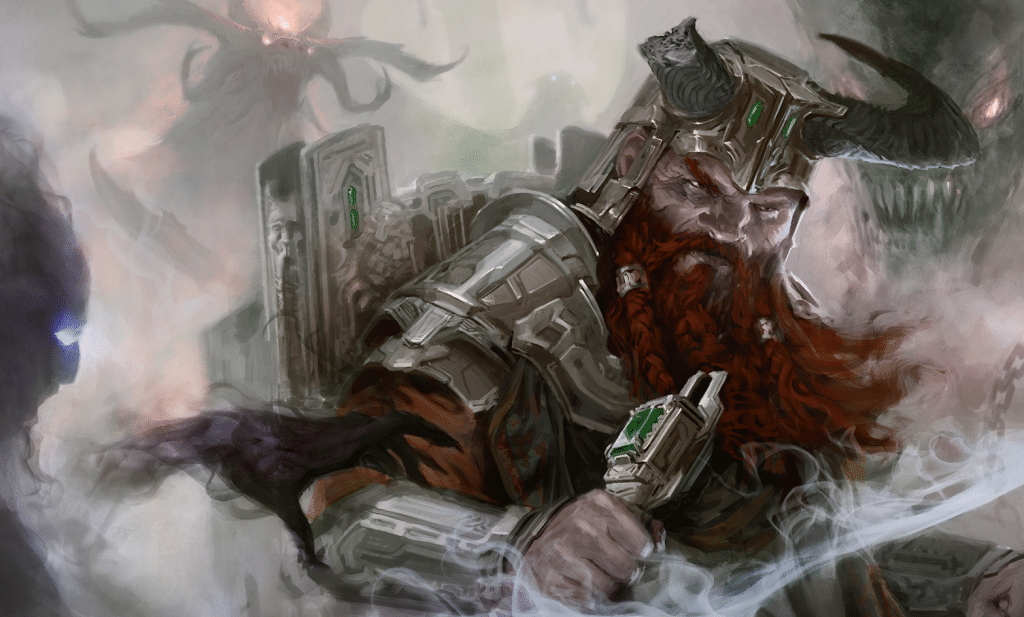
Fighter Class 5e: Action Surge!
The ability known as “Action Surge” is the 5e fighter class bread and butter. The action economy is huge in DnD. The reason being you are only allowed one action, bonus action, and reaction per turn. The fighter class for 5e though can break that barrier. Once per short rest, they can action surge and gain an additional action to be used in combat. This is what many refer to as a game-breaking ability and is the reason many multi-class into a fighter. If you yourself are curious on multi-classing by the way, I did a brief guide that goes over the rules of multi-classing and discusses the importance of it. Just click here to read the article on my website at your leisure.
Enough talking about that though. Back to Action Surge! This works wonders as it allows you to potentially double your damage output or double your movement and still attack. Then again, if you are a caster, you can also cast a spell like Hold Person or Fireball and still walk up to them and beat them with your weapon. See how it can be game breaking? It effectively allows you to take two turns in one turn. Another way to put it is the fighter at level 20 allows you to attack 4 times with one action. However, with “Action Surge” the fighter class of 5e can transform that and attack 8 times in one turn! This means if all your attacks hit and you use a great sword to hit with a 20 strength, you deal 16d6 + 40 damage. So yeah, that is the power of “Action Surge”.
Myths About Action Surge
Now as you can see the fighter class for 5e has an insane ability that does insane damage. That said, there are two big myths regarding it that I wish to address. One, you do not have a second bonus action. Many people just equate “Action Surge” to a whole new turn on top of the existing literally. This is not the case, what it really does is it gives you two main actions, one bonus action, and one reaction. The thing is, your main action just causes you to have so many more choices that many people think it works that way.
The second myth is for multi-classing. Many spellcasters will mix into fighter just to gain this ability as it is so good. Wizard of the Coast planned accordingly for this and limited spell casting. The rule of thumb for spell casting is this. Once per turn you can cast a spell of level 1 or higher if you have the chance to cast another spell that same turn it must be a cantrip. This means that if a wizard cast the spell Fireball, he cannot cast a second Fireball if he “Action Surges” that turn. Rather, he can cast Fireball once and then cast a cantrip like Shocking Grasp if he “Action Surges”. So, as you can see, why being able to use this ability is great, it does not let you a full new turn and has some limits when it comes to spellcasting.
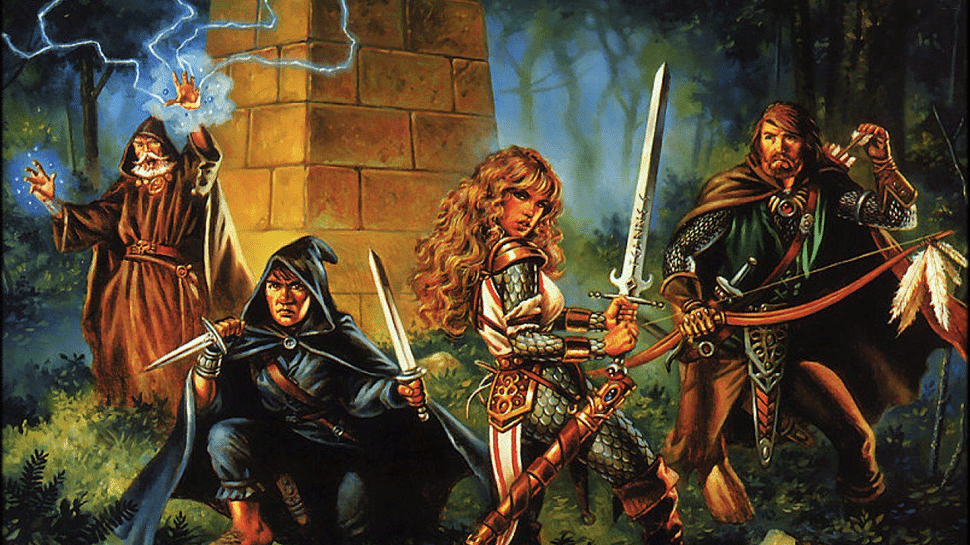
Fighter Class 5e: What Is Your Archetype
Congratulations! You have reached the final level this guide will go in detail about. Your Fighter Class archetype for 5e. Now there are three choices from the “Player’s Handbook” and five more from the other books for DnD 5e. I am sticking to the player’s handbook for this review as the player’s handbook covers the essential 3 subclasses that every player needs to know for all classes. This way they can see a general list of all dnd has to offer with the base classes. What you need to know though, is that the other books all bring unique abilities to the table allowing more options in specializing and tons of new abilities. Another websites guide that goes over every subclass can be found here on RPGbot. I know, interesting name haha.
Champion
The Champion is the most popular archetype for people new to the fighter class of 5e. The reason being is they are simple but effective. The reason it is deemed simple is due to it being a lot of passive abilities rather than active abilities. This means these are always on and you do not need to remember your abilities for your character at all times. So, in this sense, this is an easy archetype for you to choose if you are new.
Now, let us take a quick look at their abilities. The first ability to address is “Improved Critical”. This ability lets you now crit on a 19 or 20. What does this mean? Well for almost all other classes, a character can crit only if they roll a 20 on their 20-sided dice. This only a five percent chance and is a rare occurrence making it really special. As such, Wizard of the Coast decided to reward players by allowing them to double all damage dice rolls from that attack. Transforming a 1d8+4 attack into a 2d8+4 attack. This makes for awesome story moments and memories and is something I love about Dungeons and Dragons. Now, however, you have effectively doubled your chances of critting which nets you some more damage. Therefore, to be optimal with this class, you should build around critting.
Battle Master
Battle Master. An archetype that after so many classes, is still deemed the “King of the Fighter Class for 5e”. This prides itself on a large versatility, frequent ability use, and great damage output. The first ability you get is called “Student of War”. It basically grants you a free proficiency of an artisan tool of your choice. Why they gave it to you? I honestly don’t know, but hey free stuff is free stuff. Choose whatever you want, as very rarely will this matter but choose herbalism kit if you want to be able to make potions of healing.
Superiority Die
The second ability is the keystone to their archetype, “Combat Superiority”. What this does is allows you to learn three maneuvers out of sixteen. These maneuvers allow you to use “Superiority Die”. These start out as D8’s and go up to D12’s at later levels. These can net you benefits such as: reducing damage, increasing AC, dealing extra damage, increasing your chances of hitting or helping allies. These are just to name a few. The list goes on and on and can be found here on Wikidot if you want to read all of them. I personally love “Precision Attack” as it increases your chances of hitting by allowing you to roll your superiority die on top of what you already rolled to increase your chances of hitting.
Mechanics
Then how does this mechanic work? Well, it is relatively simple. You are given four “Superiority Die” per rest. Whenever you want to use an ability, you use up one of your “Superiority Die”. If the maneuver requires a save, the save DC equals 8+Proficiency+Dexterity or Strength Modifier. This means at level 3 with a 16 Strength, your DC equals 8+2+3 making it a 13 DC.
Your next question might be, “what do these superiority dice exactly do?” If so, then I have an answer. These dice sometimes do nothing but give you the maneuver, but other times increase damage in moves such as “Disarming Attack”. Not only that, but you get more superiority die as you continue to level up. This means more moves, and more damage, making this become better as you continue to play the class. Now, I should tell you that the one downside to this mechanic, is you can only use one maneuver per attack. That said, considering you get the most attacks out of any class, you still gain plenty of chances to use these maneuvers. Therefore, if you feel confident in your ability to regulate and pay attention to the 5e fighter class. You might want to choose that Battle Master at 3rd level.
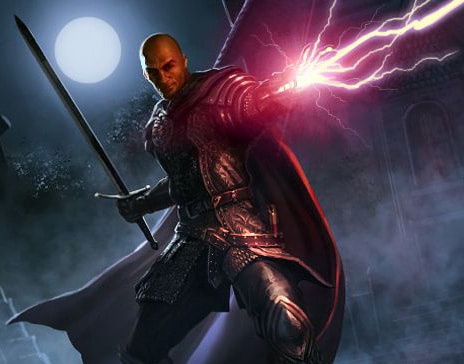
Eldritch Knight
The final of the three “Players Handbook” subclasses for the Fighter class in 5e. This is for the magic lovers that want to be a fighter. What you get out of this archetype is the ability to cast spells. This can be pivotal in your game as magic is the strongest way to control the field for the melee fighters. Now, you don’t have to worry about your magic caster using spells you want. Just “Action Surge” and control the battlefield before you walk up and do your full second action to wail into them. This makes the class the potential to be extremely deadly.
Now I say “potential” for a reason. You see, magic is a scary thing. As such, Wizard of the Coast went to control it as much as possible. The first limit they put on you, was you need to have a 13 Intelligence to play this archetype. This means you now must have 3 ability scores high to be effective in this field. To be fairly competitive, you need a 14 Intelligence, 14 Constitution, and a 16 Dexterity or Strength. And this is at level 3. As you continue to level up you will need to max out your Dexterity and Strength first, then Intelligence. After that, you can choose any feats or ability scores you want.
Thankfully, the Fighter is the best class for being this MAD (Multi-Attribute Dependent), as you get 7 ASI. Which is unlike most classes since they only get four. The second downside is you are a half-caster. This means you know fewer spells than a wizard, have lower slots that can be used and takes longer to gain more slots. This makes him a second-class wizard in spell aspect.
Fighter Class 5e: Summary
First off congratulations! You just finished a roughly 3000-word article. Did I expect to take this long? Nope! But, hey I wanted to make sure I gave you all the details. Boy, do I feel confident that you now know all about your first three level ups too. After all, These are important in making sure you know how you want to play and how effective you are. Therefore, use this knowledge wisely and plan accordingly when creating choosing the fighter class in 5e. If you like this and want to see what a fighter at level 20 gets, then click here for an excellent chart that goes into all the abilities on DnD Beyond. I wish you all a lot of fun and hope you keep on rolling!

